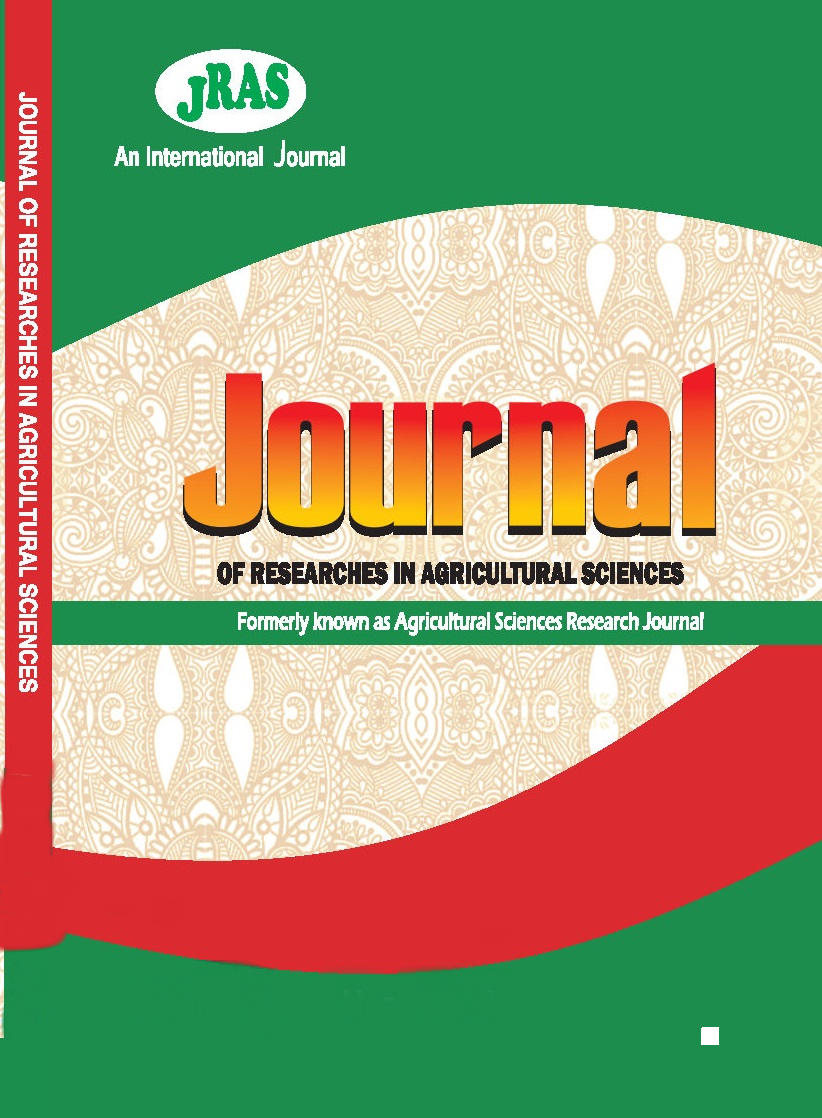Mapping and Assessing Above-ground Biomass and Carbon in Omo Biosphere Reserve Using Field and Remote Sensing Data
##semicolon##
Biosphere Reserve, Carbon, Remote sensing, Biomass, Climate ChangeTóm tắt
Forests play an important role in global carbon budget as carbon sinks. The carbon is stored in trees as forest biomass whose assessments would quantify the carbon sink potential of any forest. An accurate field inventory and remote sensing (Landsat 8) data are prime solutions to the carbon balance estimate required for a functional Measurement, Reporting and Verification (MRV) system to support REDD+ programme. This study involved the use of accurate field and remote sensing data to map the spatial explicit of above-ground carbon (AGC) and estimate the Above-ground Biomass (AGB) and AGC (50% of AGB) stock of the Omo Biosphere Reserve. The spatial distribution of carbon density varied among the sample plots and the carbon density drained according to the plot mean biomass/carbon data used for mapping the explicit carbon of the reserve. Omo Biosphere Reserve had mean biomass accumulation of 160.17 t ha-1 and mean carbon density of 80.09 t ha-1. The reserve accumulated 1,633,860.72 t of biomass and 816,930.36 t of carbon within the 10,200.57 ha mapped. The biosphere reserve had good pool of indigenous tropical hardwood tree species with high capacity to trap carbon and thus, have high potential to mitigate climate change effects. The carbon distribution pattern produced for this study is a good indicator of biomass/carbon map in the Omo Biosphere Reserve.

